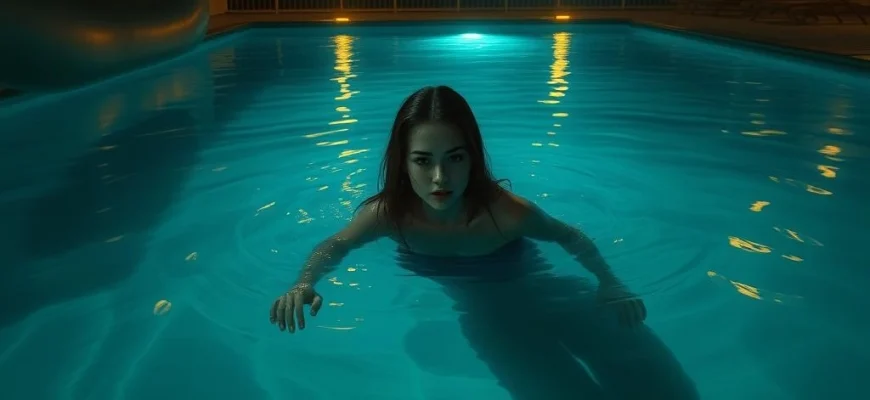If you were captivated by the psychological tension and sultry atmosphere of The Swimming Pool (1969), this article is for you. We’ve curated a list of 10 movies and shows that share its themes of mystery, desire, and psychological intrigue. Whether you loved the film’s suspenseful storytelling or its evocative visuals, these recommendations will keep you on the edge of your seat.

Diabolique (1955)
Description: A psychological thriller that delves into themes of deception, guilt, and psychological torment, featuring a tense atmosphere and a shocking twist ending.
Fact: The film was initially banned in some countries due to its dark and disturbing content. It was one of the first movies to popularize the twist ending in thrillers.
 Watch Now
Watch Now 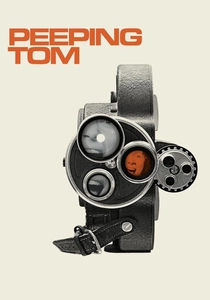
Peeping Tom (1960)
Description: A chilling exploration of voyeurism and psychological disturbance, with a focus on the protagonist's twisted psyche and the blurred lines between observer and participant.
Fact: The film was so controversial upon release that it effectively ended the director's career in the UK. It has since been reevaluated as a classic of psychological horror.
 Watch Now
Watch Now 
The Collector (1965)
Description: A psychological thriller centered around obsession and captivity, with a claustrophobic atmosphere and a focus on the dynamics between captor and captive.
Fact: The novel it's based on was inspired by real-life kidnapping cases. The film was one of the first to depict a serial killer as a seemingly ordinary person.
 Watch Now
Watch Now 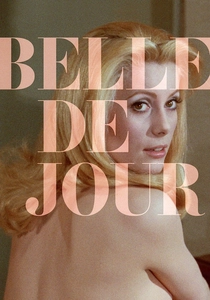
Belle de Jour (1967)
Description: Explores themes of repressed desires and dual identities, blending surrealism with psychological depth, creating an unsettling yet captivating narrative.
Fact: The film was controversial for its depiction of female sexuality and was banned in several countries upon release. It won the Golden Lion at the Venice Film Festival.
 Watch Now
Watch Now 
The Bird with the Crystal Plumage (1970)
Description: A stylish giallo thriller that combines mystery, psychological tension, and visual flair, with a protagonist caught in a web of intrigue and danger.
Fact: This film marked the debut of a renowned director and helped popularize the giallo genre internationally. Its use of color and lighting became a hallmark of the genre.
 Watch Now
Watch Now 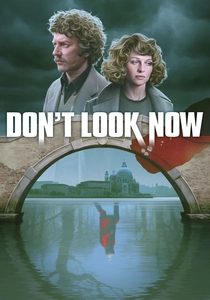
Don't Look Now (1973)
Description: A haunting psychological horror film that explores grief, premonition, and the supernatural, with a deeply atmospheric and unsettling tone.
Fact: The film's editing and use of color are highly praised, and its infamous sex scene was groundbreaking for its time. It was shot in Venice during the winter, adding to its eerie atmosphere.
 Watch Now
Watch Now 
The Long Goodbye (1973)
Description: A subversive take on the noir genre, blending existential themes with a laid-back yet tense atmosphere, and a protagonist who navigates a world of deceit.
Fact: The film was a radical departure from traditional noir, with a jazz score and a modern setting. It was initially panned but is now considered a masterpiece of the genre.
 Watch Now
Watch Now 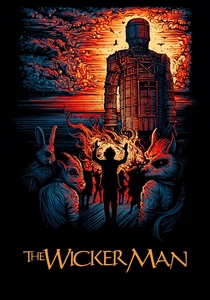
The Wicker Man (1973)
Description: A folk horror film that blends mystery, psychological tension, and pagan rituals, creating a slow-burning sense of dread and an unforgettable climax.
Fact: The film was heavily edited upon release and only later restored to its original version. Its soundtrack features traditional folk music, adding to its unique atmosphere.
 Watch Now
Watch Now 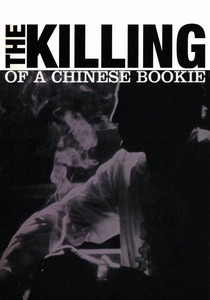
The Killing of a Chinese Bookie (1976)
Description: A neo-noir crime film that delves into themes of desperation, moral ambiguity, and the seedy underbelly of nightlife, with a focus on character psychology.
Fact: The film was initially a commercial failure but has since been recognized as a cult classic. It was heavily influenced by the director's own experiences in the nightclub scene.
 Watch Now
Watch Now 
The Tenant (1976)
Description: A surreal and paranoid narrative about identity and alienation, featuring a protagonist who descends into madness in an oppressive environment.
Fact: The film is part of a loose trilogy exploring themes of isolation and psychological disintegration. It was poorly received initially but has since gained a cult following.
 Watch Now
Watch Now 
